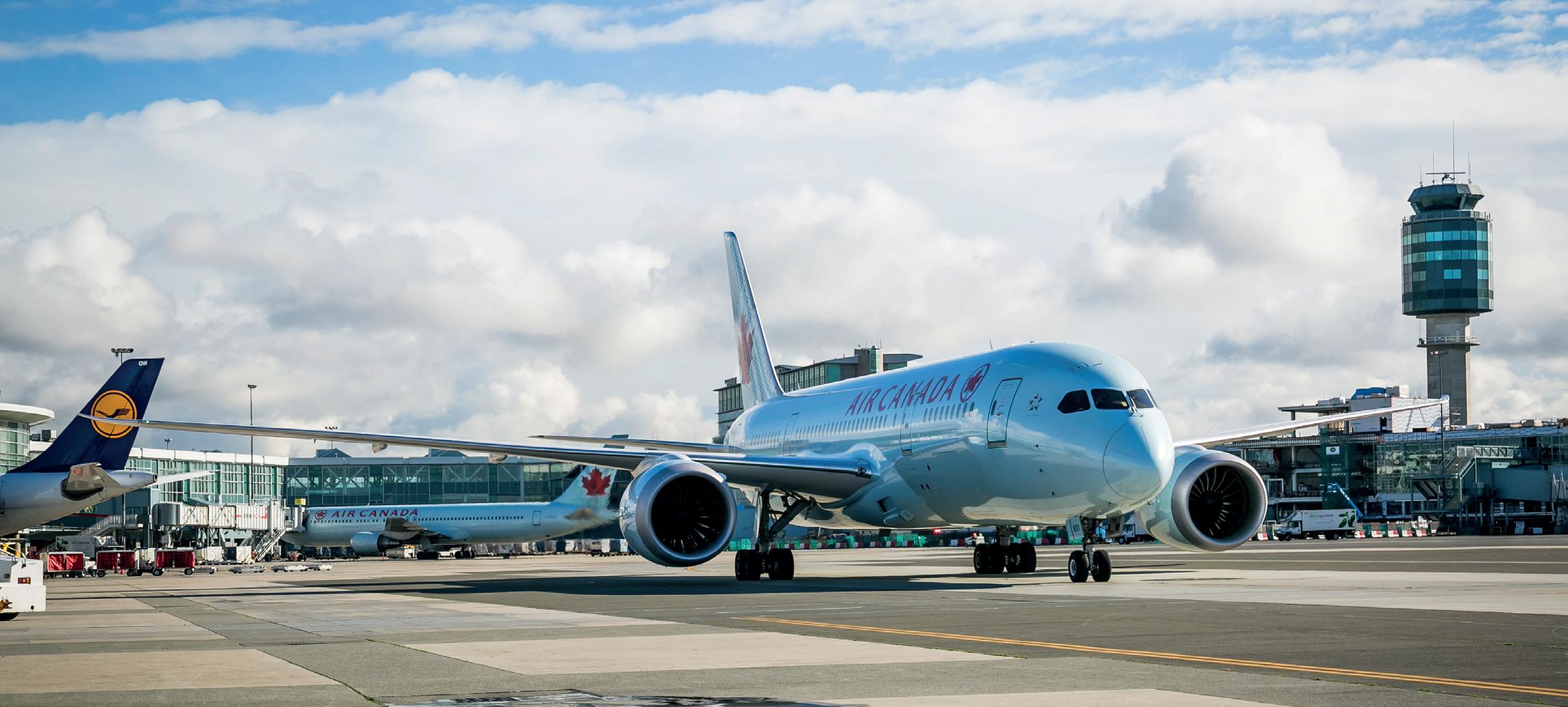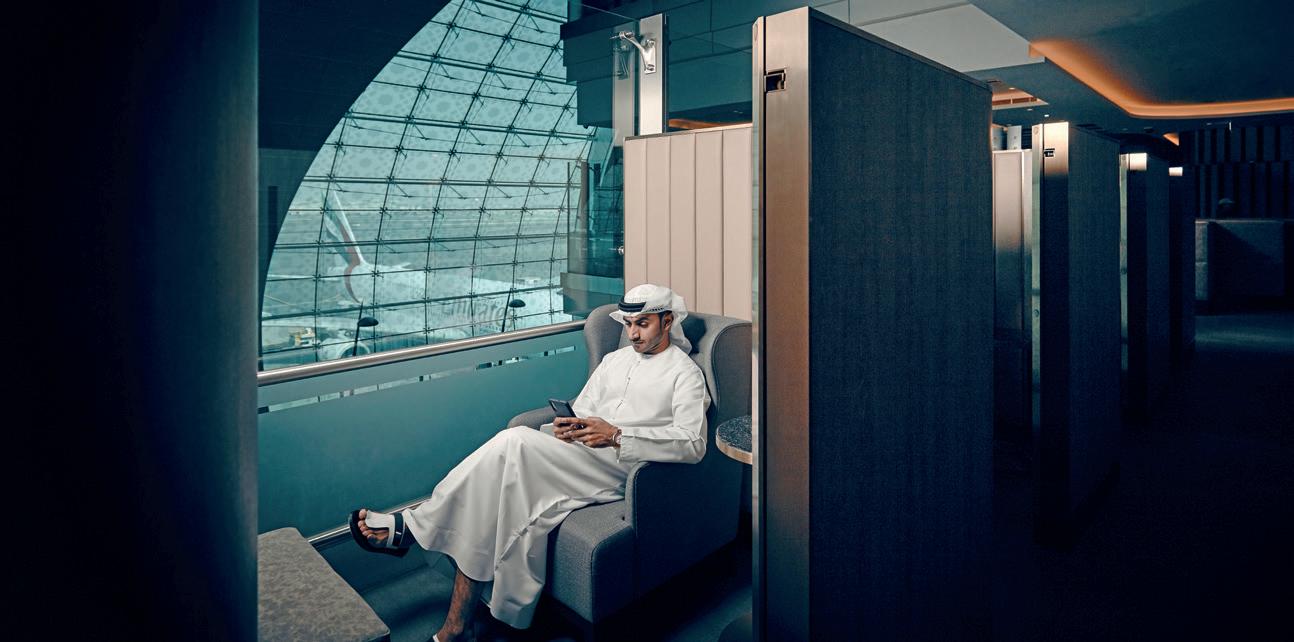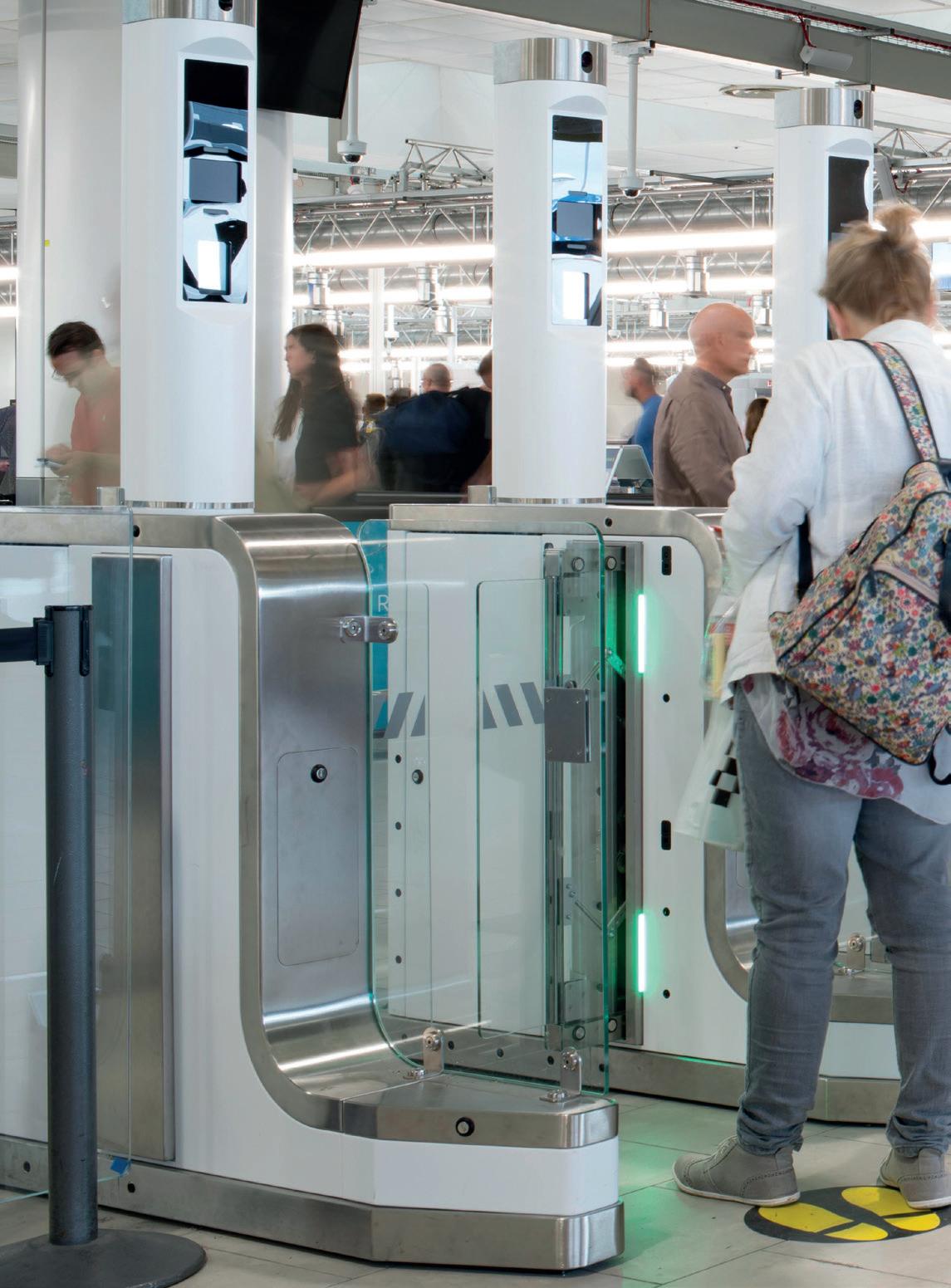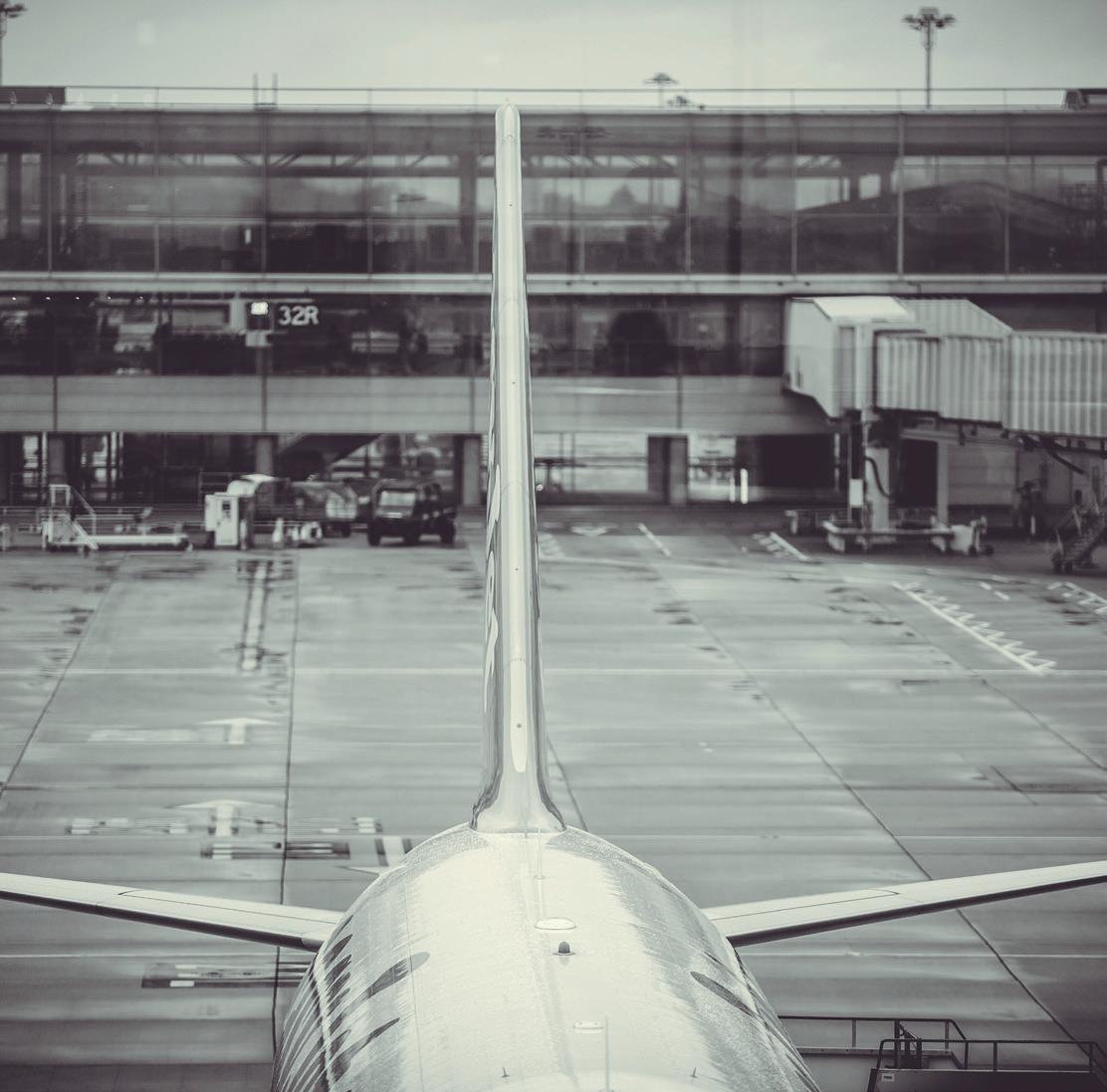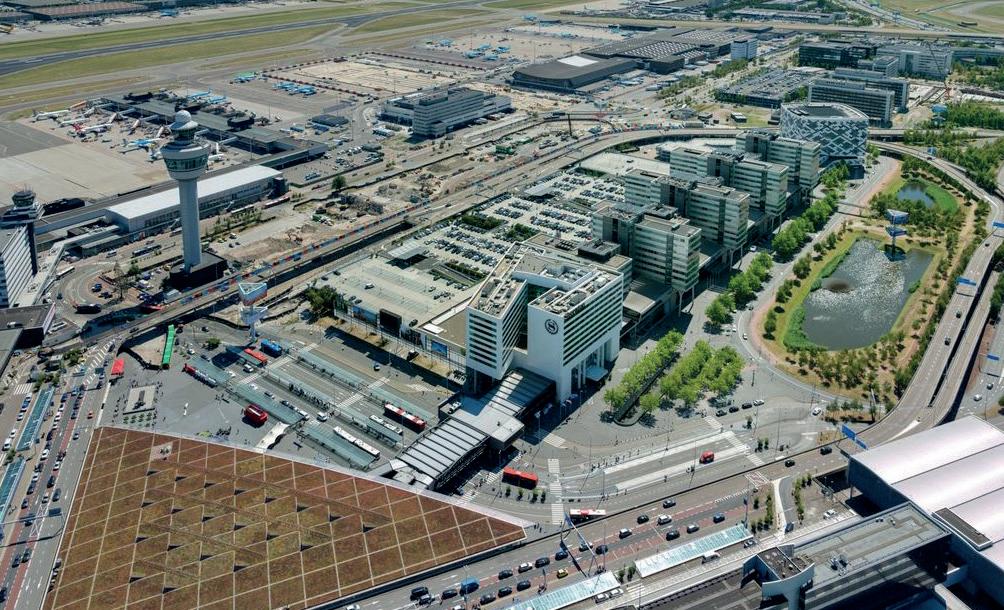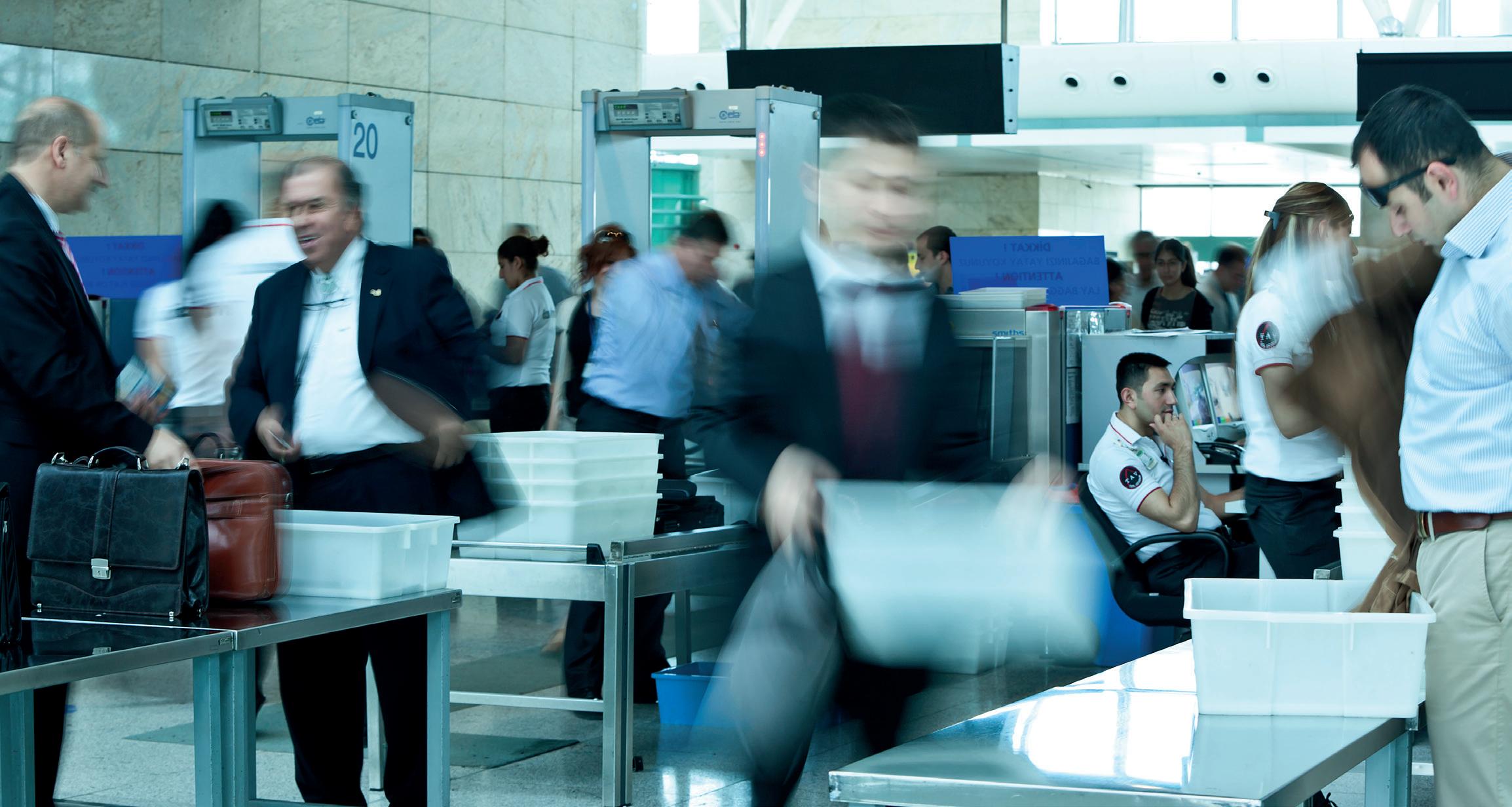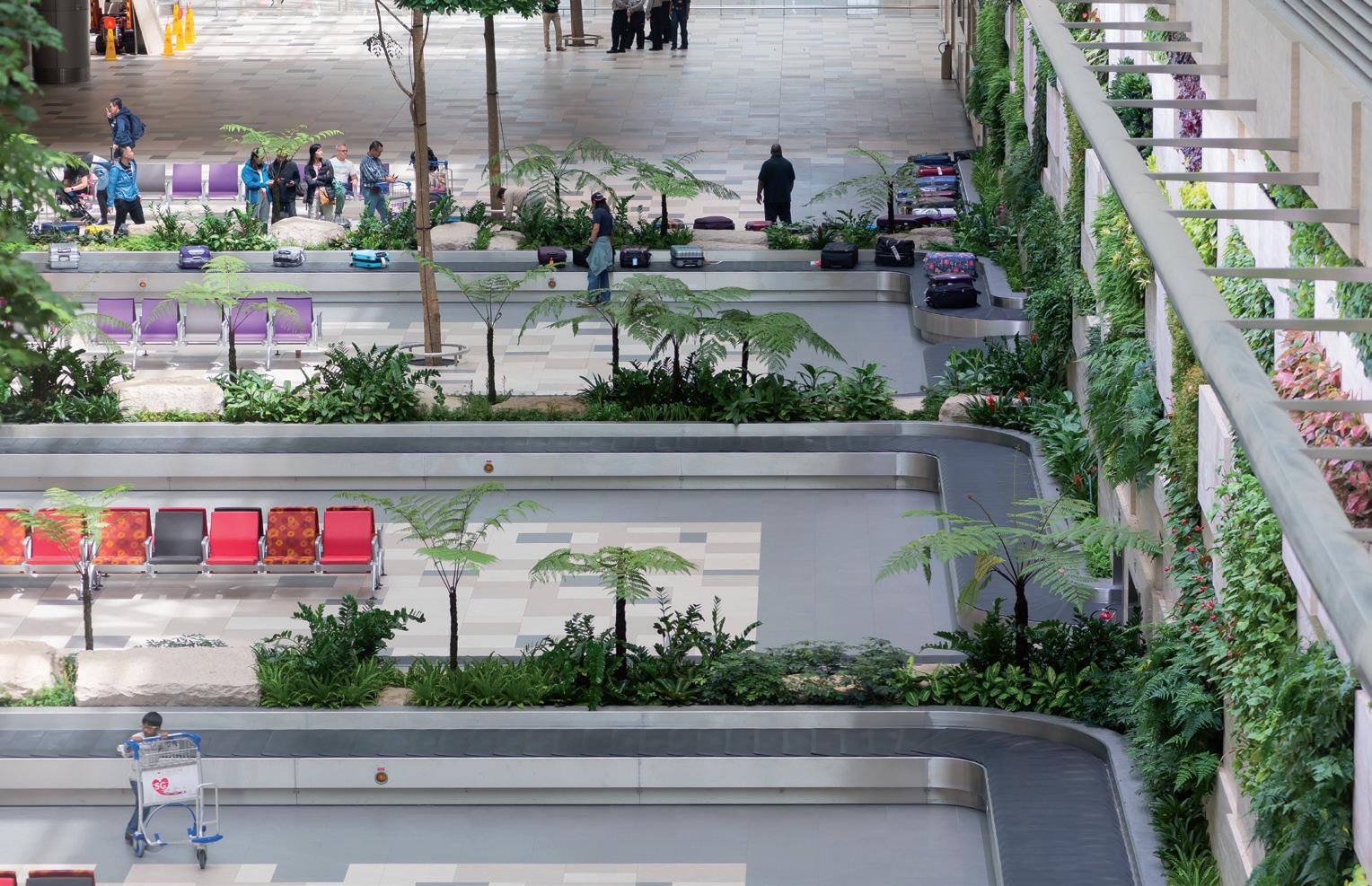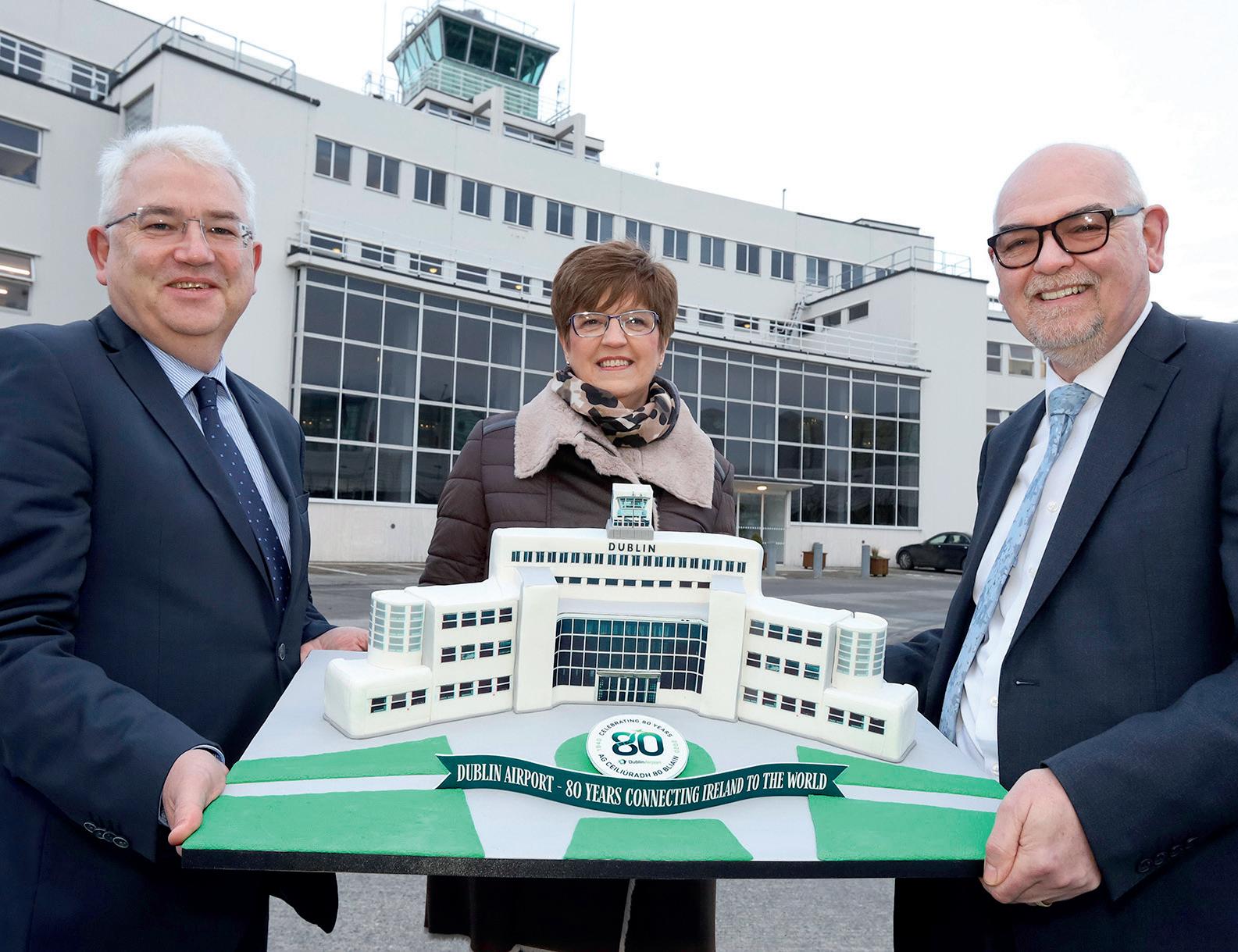SUSTAINABLE DESIGN
Leading the way The innovative, efficient and sustainable design of airport terminals is nothing new to the Asia-Pacific region, writes David Coyne, head of aviation at design firm Benoy.
A
sia-Pacific (APAC) is one of the fastest-growing aviation markets in the world, with passenger numbers more than quadrupling over the last 15 years and both ACI and IATA forecasting that the region will account for more than half of new passenger traffic globally over the next two decades. Growth on this scale would place a major strain on the infrastructure and natural resources of any region in the world. But in Asia-Pacific, the potential impact is even greater as the region comprises diverse ecological areas and boasts a wealth of rich, but fragile natural habitats, including 17 of the world’s 36 recognised biodiversity hotspots. As such, infrastructure development in the region requires a delicate balancing of priorities and approach. In fact, how to manage industry growth responsibly, with due regard for the environment and local communities, is a major challenge facing APAC’s airlines and airports alike. Airlines, naturally, are focusing their attention on the skies, exploring options such as electric aircraft, alternative flight paths, aviation biofuels and hybrids – the benefits of which won’t be felt for many years. Airports, meanwhile, are responding with more immediate, on-the-ground solutions. From Hong Kong and Singapore to Indonesia and South Korea, innovative new terminal buildings are driving progress in operational efficiency, natural resource conservation, passenger experience and social responsibility. In doing so, these airports are setting new standards in sustainable airport design – not only for Asia-Pacific, but for the rest of the world as well.
Improving performance and perception With air travel accounting for over 2% of global CO2 emissions, the aviation industry is coming under increasing public scrutiny and pressure to improve its environmental performance.
20
AIRPORT WORLD/ISSUE 2, 2020
To reduce these impacts, the industry has committed to carbonneutral growth from 2020 onwards and aims to cut CO2 emissions to 50% of 2005 levels by 2050. In support of these goals, mandatory emissions reporting was introduced in January 2019 under the Carbon Offsetting and Reduction Scheme for International Aviation (CORSIA). Efforts to achieve airport sustainability have also been underway for some time. In 2007, the global airport industry made commitments to reduce its carbon emissions at the ACI World Annual Assembly, Conference & Exhibition. And nine years later, at the Airports Going Green conference in Amsterdam, airports from all over the world signed the Airports Sustainability Declaration. As these co-ordinated initiatives acknowledge, airports have a vital role to play as aviation’s main public interface, with the potential to enhance the sustainability performance and perception of the industry. In the same way, they also help to reinforce local brand values, credentials and identity – something Hong Kong International Airport (HKIA) has been quick to grasp.
Airport efficiency and vibrancy “As the first and last touchpoints for visitors to our city, HKIA is a reflection of Hong Kong people’s values, where the airport’s efficiency and vibrancy is a great source of pride for Hong Kong and its people,” says Airport Authority Hong Kong CEO, Fred Lam. Looking to evolve from a ‘city airport’ to an ‘airport city’, HKIA is currently expanding to meet regional demand, with the goal of handling 100 million passengers and nine million tonnes of cargo a year by 2030. At the same time, the airport authority has pledged to make HKIA the world’s “greenest airport”. Benoy has worked as design consultant on HKIA’s new Terminal 1 Annex since 2015. The team’s task has been to integrate a design and facilities that will enable capacity expansion, while supporting HKIA’s sustainability initiatives and targets.

